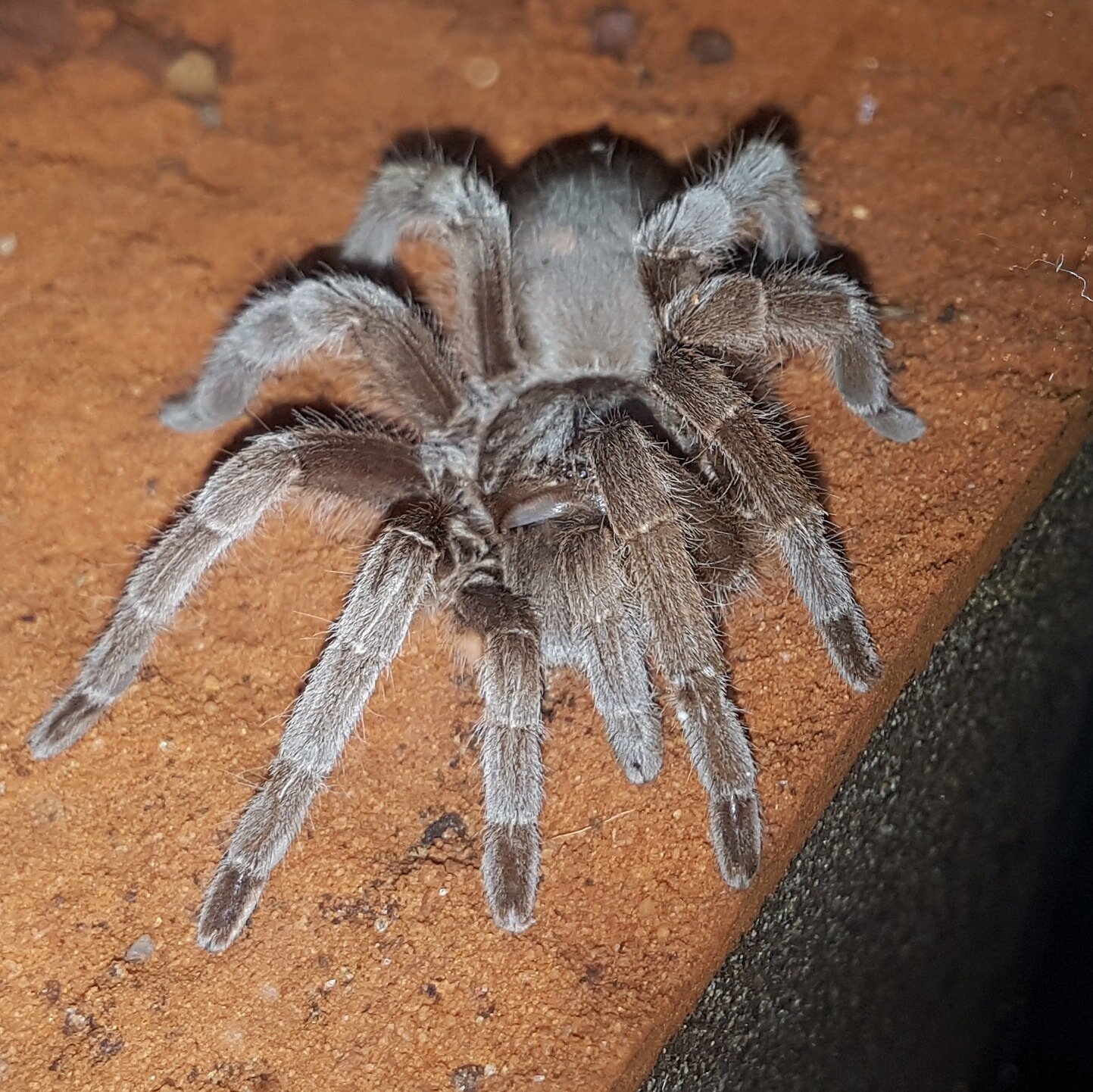Interesting Spider Facts
Spiders are arachnids which are a group of invertebrate (no backbone) animals with 8 legs, no wings or antennae and a body divided into 2 parts.
Spiders have been around for over 300 million years. Spiders are found worldwide except Antarctica and live in almost all habitats except in the air and in the ocean.
There are over 45,000 species of spider in the world though scientists believe twice that number are undiscovered. There are 3,300 species of spider in Australia with scientists estimating that there are probably as many as 10,000 species.
Most spiders we come across do not have a life-threatening bite and are reluctant to bite in the first place.
Most spiders have extremely poor eyesight and rely on vibrations to examine their surroundings.
Spiders have many small and sensitive hairs on their body which can detect movement, like their prey or a predator. They can also detect chemicals in the air through their sensory organs on their legs and pedipalps, similar to how we taste and smell.
Spiders spend a lot of their time grooming their legs to make sure they are clean and can work properly. They run their legs through their mouth parts to rid themselves of any dust, debris, dirt etc.
All the world’s spiders eat between 400 million to 800 million tonnes of insects a year. If we did not have spiders our food crops would be destroyed and there would be many more mosquito-borne diseases.
Spiders do not have an internal skeleton like we do, they have a protective outer layer called an exoskeleton. When a spider grows it moults or sheds its exoskeleton off of its body. After a spider moults it is incredibly soft and vulnerable
Most spiders are venomous and use their venom to immobilise their prey. To eat their prey, they vomit up digestive fluids onto their food which breaks it down and softens it up enough for them to eat it.
A spider’s body is divided into two parts. The front part is called the cephalothorax where you will find a spider’s eyes, mouth, fangs, brain, stomach, legs, and venom glands. The back part is called the abdomen where you will find the spiders spinnerets which are two small finger shaped organs that produce silk.
Not all spiders create webs, but they do produce silk. Spider silk is very tough, it is 5 times stronger than steel of the same size! Silk is also antibacterial and has been used since ancient times as a bandaging material. Spiders use silk to create webs to catch their food, to wrap up their food to keep it immobilised and fresh and to wrap up their eggs to keep them safe.
Spider webs lose their stickiness after a day or so due to dust build up and exposure to air. To save energy, spiders eat their webs before making a new one, so the protein used for the silk is recycled.
Kotzman’s Birdspider “Selenotholus kotzman”


